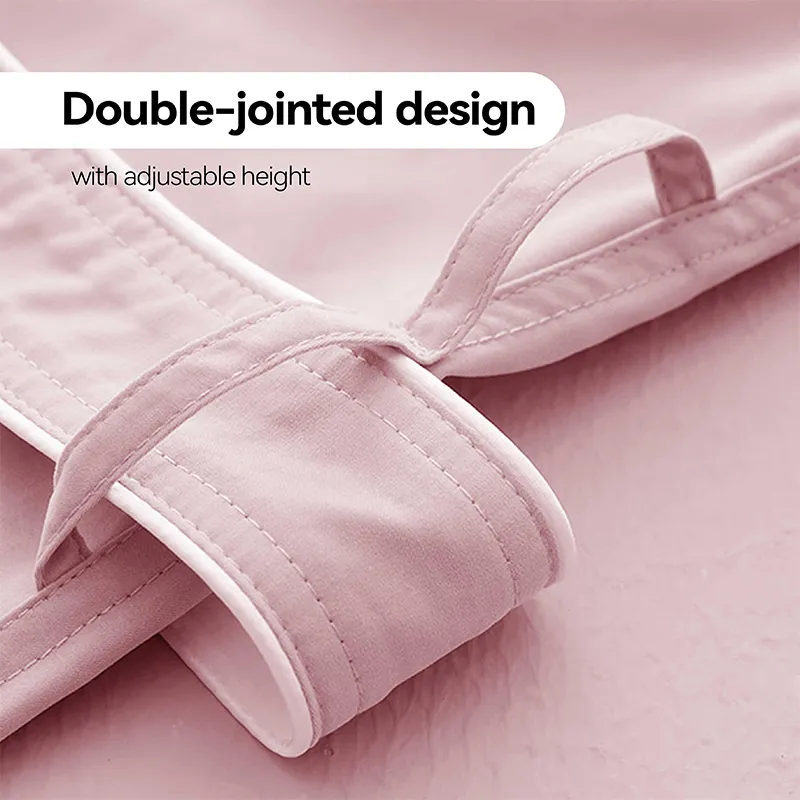The waffle texture of the fabric gives the robe a luxurious and spa-like feel. It is soft against the skin and provides just the right amount of warmth without being too heavy. The hood adds a touch of elegance and makes the robe perfect for those chilly mornings when you just want to wrap yourself in comfort.
...
2025-08-15 01:17
2546
 Here are some tips to help you make an informed decision
Here are some tips to help you make an informed decision